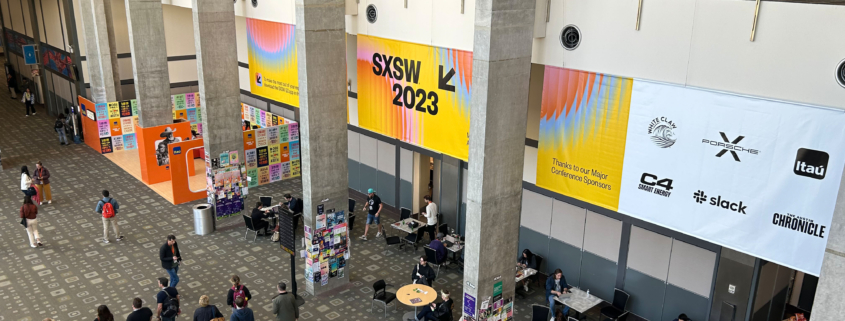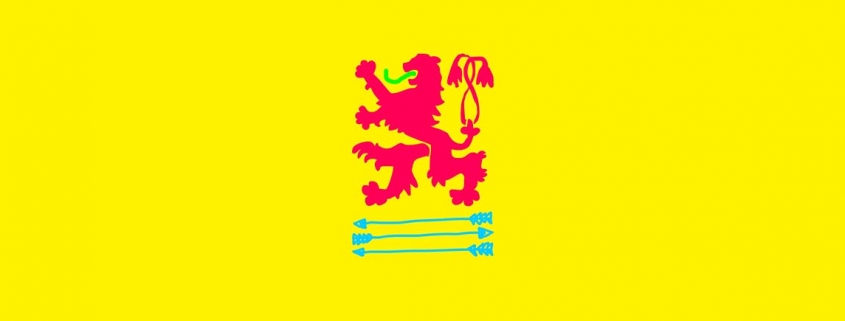To mark the start of the new year, our Mediaplus experts around the world have shared their thoughts and made a prediction in the areas of data & AI, media usage habits, strategy and innovation. Let’s find out what they see coming in 2024.
Media Usage:
Between era of abundance and liquid modernity.

by Vittorio Bucci, CEO Mediaplus Italy
Some call it the era of abundance. Others prefer to talk about liquid modernity. However you define it, this historical moment is characterized by an increasingly rapid technological acceleration and the proliferation of media. Ubiquitous, digital, pervasive: the impact of media on our behaviors is becoming more significant. But what are the main changes happening in consumer habits? I’ve selected three of the major trends:
- The transformation of TV consumption habits. A significant reduction in linear TV viewership is counterbalanced by a steady growth of on-demand platforms. For instance, a study by Mediaplus Italia shows a 3.3% decrease in 2023 compared to 2022 in the total audience of linear TV, while on-demand TV platforms like Prime Video, YouTube, and Netflix together reach 54% of the Italian population.
- Social media become the new gatekeepers of information. An ever-increasing number of people primarily get their information through social networks and consider them more authoritative than news websites. This trend isn’t limited to the younger generation: approximately 40% of people over 55, as reported by a GWI report, use social media to stay informed.
- Search experiences are shifting away from search engines. The use of alternative platforms to Google is becoming more apparent. A study by SearchEngineLand, for example, shows that 50% of online shopping searches in the USA start on Amazon.
The ongoing digitization and the impact of AI will further radicalize these changes, especially the generational differences. For brands, the constant drive towards the future and real-time understanding of consumers attitudes represent the antidote to staying relevant.
Brand Marketing Strategy:
Ascent in a Fragmented Landscape in Flux.

by Jasmine Presson, CSO Mediaplus North America
Brand marketing strategy in 2024 stands at the intersection of rapid technological advancements, shifting consumer behaviors, and a post-pandemic economic landscape. Successful brands will put these themes at the core of their 2024 marketing strategies:
- Balance of Short-Term / Long-Term: While 2023 felt like a return to normalcy, pandemic hangover led brands to prioritize short-term results. We’re optimistic that 2024 will bring a return to balance long & short game as growth is benchmarked against the new normal.
- Continued Media Fragmentation à Brand & Culture: A new law of nature is that diversification will increase infinitely. As brands face more competitors and media fragmentation accelerates, clarity of brand and its place in culture must be the connective tissue at the center of marketing.
- Search Everywhere: As searches shift from search engines to retail sites, TikTok, Reddit, and AI platforms, brands need a holistic approach to reaching seekers and measuring impact.
- AI Requires Humans to be More Human: As usage of AI grows, we believe human skills of empathy, connection, and imagination will become increasingly important. As marketers explore how to leverage artificial intelligence, we need to equally hone our human intelligence.
Innovation:
AI and Spatial Web – from Buzz to reality.

by Alex Turtschan, Director Innovation Mediaplus Germany
This year marks the shift from AI speculation to practical implementation in marketing strategies. As marketers adapt to these shifts, 2024 will become a defining moment in navigating the convergence of AI, the emergence of the spatial web, as well as the transformation of digital engagement strategies to meet the challenges of dark social.
- AI will get real in 2024: In 2023, the buzz was all about AI’s potential in strategy and media planning. Now, 2024 is poised to transform these prototypes into tangible solutions, driving efficiency, speed, and deeper insights. But let’s temper our expectations: real progress requires more than just AI; it involves intensive software development too. Initial results may be modest, yet significant breakthroughs demand time and resources. This could be the year we balance AI enthusiasm with the reality of its gradual, impactful evolution.
- Spatial Web: The next attempt of making the Metaverse happen: 2024 reignites excitement in spatial computing, spurred by Apple Vision Pro’s debut. This resurgence breathes life into the concept of a new internet era, following the faded buzz around Web3, Metaverse, and VR. With innovative AR glasses and VR headsets, new digital interaction avenues emerge, offering fresh ways for businesses to engage with audiences. Yet, the smartphone era remains resilient, unlikely to be eclipsed just yet in this year of technological transition.
- Addressing audiences in the age of dark social: In 2024, marketers must pivot from outdated social media strategies to adapt to the evolving landscape. As video content from semi-professional creators dominates platforms like TikTok and Instagram, real peer interactions are shifting to private channels. Closed chat groups, direct messages, and ‘close-friend’ stories are becoming key spaces for consumer interactions and brand discussions. Brands now face the challenge of creating sharable content to tap into this ‘dark,’ private side of social media, reshaping their approach to digital engagement.
AI:
Evolving from Tool to Co-Worker

by Enzo Ricciulli, Managing Partner Mediaplus Belgium
As we step into the new year, it’s becoming clear that AI is no longer just a tool in our toolkit; it’s evolving into our co-worker. This year marks a significant shift in how we perceive and interact with AI in our daily professional lives.
1. AI as our co-worker
A major highlight of this year is the rise of open-source models like Mistral, which are set to surpass the capabilities of GPT-4. This advancement is not just a technological leap; it represents a shift towards more accessible, collaborative AI development. Open-source platforms are empowering a diverse range of voices to contribute to AI’s evolution, ensuring a future where AI is by the people, for the people. AI will bring us a new dynamic to the workplace. It is not just assisting us with tasks; it’s collaborating alongside us.
However, the journey towards Artificial General Intelligence (AGI) remains complex and a true AGI breakthrough is still on the horizon. But 2024 isn’t about the finish line; it’s about the progress we’re making. This year, we’re seeing AI agents become more proficient, combined with Action GPTs trained for specific tasks. These developments are bringing us closer to more intuitive, versatile AI systems.
2. AI as part of our daily life
Consumer AI devices are also making a splash. Products like Rabbit R1 and Humane Pin are transitioning from futuristic concepts to everyday essentials. These devices are set to redefine our interaction with technology, making AI a more integrated and personal part of our daily lives.
The AI developer community is focusing on developing real-world applications over gimmicks. This shift towards practical, impactful use cases signifies a maturation in the AI field. Developers are not just experimenting with AI; they’re harnessing its potential to solve tangible problems and enhance everyday experiences.














